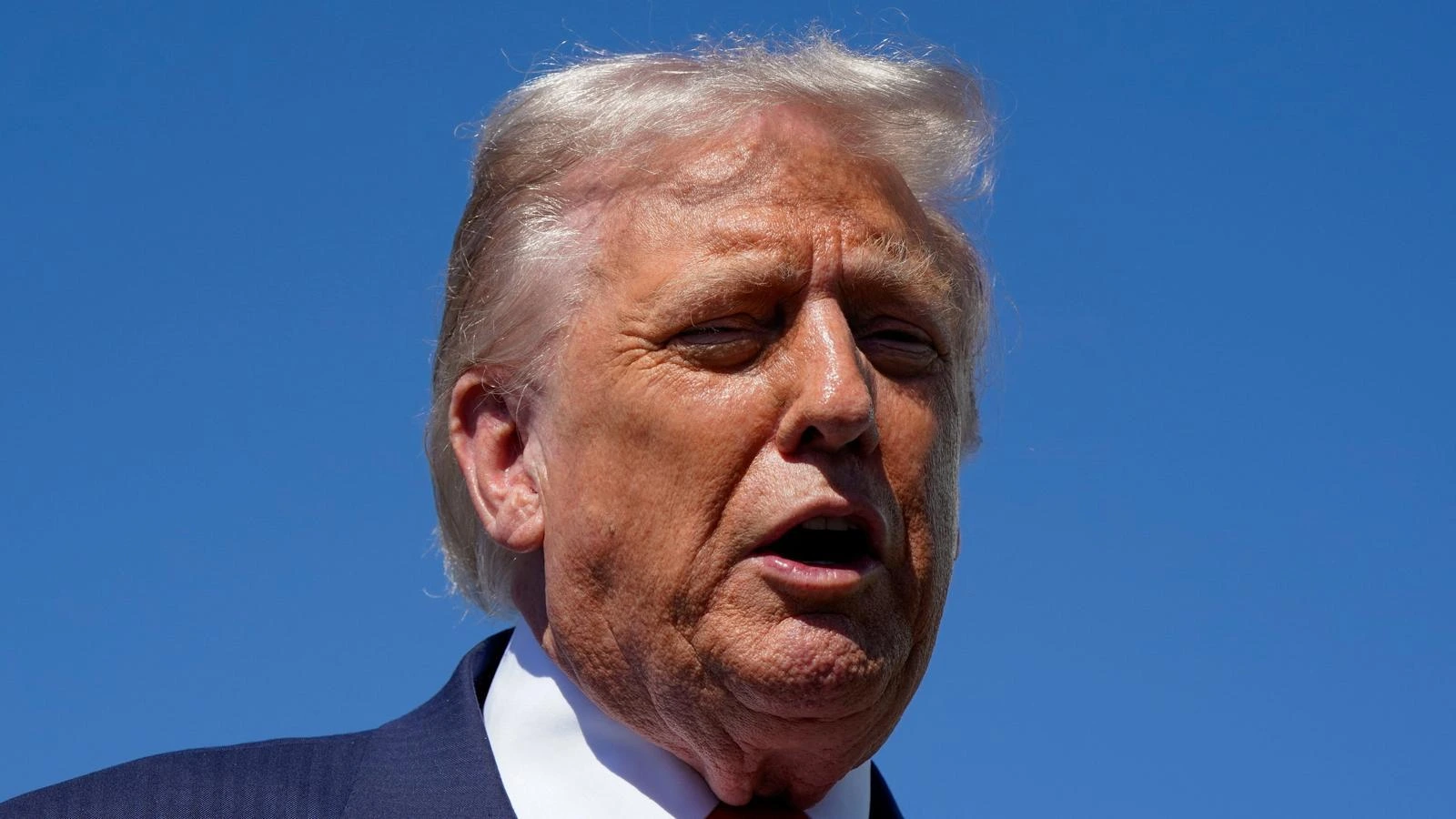President Donald Trump sought to reassure voters that the United States is entering what he called a “golden age,” even as concerns over affordability continue to overshadow his economic message.
Speaking at a gathering of McDonald’s franchise owners in Washington, the president highlighted what he described as progress in lowering prices and easing regulations, but he offered no detailed plan to address rising household costs that have frustrated many Americans.
The remarks are the latest attempt by the administration to reshape its public stance on the Trump affordability issue after weeks of criticism from lawmakers and voters.
Despite Trump’s insistence that prices are easing, the costs of groceries, gasoline and restaurant meals continue to pressure families nationwide.
Trump has shifted his messaging repeatedly on affordability in recent months, alternately blaming the Biden administration for creating the problem and asserting that the crisis does not exist.
“The Biden administration started the affordability crisis, and my administration is ending it,” Trump said earlier this week. The administration has faced particular scrutiny for food prices.
Beef, one of the categories hit hardest by inflation, has climbed toward $10 per pound in some regions. For many low and middle income households, fast food has become increasingly difficult to afford, undercutting Trump’s claims that prices are stabilizing.
Following a series of Democratic gains in state and local elections earlier this month, White House aides have scrambled to craft a clearer message on affordability.
Officials have floated a range of proposals, including tariff adjustments and one time payments funded by tariff revenues. Critics argue those same tariffs have contributed to higher prices for imported goods.
Last week, the administration announced it would lift tariffs on several foreign produced products, including beef, tomatoes, bananas and coffee. The rollback represented a notable shift from Trump’s earlier push for “reciprocal” tariffs intended to pressure trade partners.
Economists say the administration’s evolving approach reflects both political pressure and economic realities. “The White House is in a difficult position because tariffs and supply pressures have played a role in current prices,” said Dr. Alicia Warren, a senior economist at the Brookfield Policy Institute.
“There isn’t a quick fix, and telling people that everything is fine can backfire.” Michael Turner, a former Commerce Department adviser under a Republican administration, said the push to label the moment a “golden age” may resonate with some voters but risks alienating others dealing with high costs.
“The Trump affordability narrative depends on whether households actually feel relief,” Turner said. “Many don’t, and that is where the messaging runs into trouble.”
Small business owners say they welcome regulatory rollbacks but still feel the strain of elevated costs. “My energy costs are down a little, but beef and packaging prices keep rising,” said Cameron Douglas, who operates four family owned diners in Ohio. “It’s tough when customers think restaurants are price gouging.”
According to Labor Department data released last month, grocery prices rose roughly three percent year over year, while beef prices increased at nearly twice that rate. Fast food prices, driven by higher labor and supply costs, climbed about six percent in the same period.
Other sectors show mixed trends. Gasoline prices have eased slightly since midsummer but remain higher than pre pandemic averages. Electricity costs have stabilized in many states but continue to fluctuate based on seasonal demand.
A comparative analysis by the nonpartisan PriceTrack Center found that households earning under $60,000 a year feel the sharpest impact of rising daily expenses. “Most families are not feeling a ‘golden age,’” said PriceTrack director Henry Collins. “They’re feeling a squeeze.”
The study noted that the Trump affordability challenge is especially pronounced in states with high food and housing prices, including Nevada, Arizona and Florida three key political battlegrounds.
Many Americans say they are unconvinced by the administration’s assurances, citing everyday expenses that continue to rise.
“I work full time and still have to cut back on groceries,” said Rosa Martinez, a mother of two in San Antonio. “Hearing that prices are coming down doesn’t match what I see in the store.”
At the same time, some supporters say the president is making progress. “The economy feels more stable than before,” said Alan Pierce, a trucking company owner in Missouri. “Fuel is manageable again and I believe things will improve more.”
Community advocates report growing frustration among younger workers and renters. “Affordability is the defining issue for many under thirty five,” said Jenna Liu, director of the National Consumer Alliance.
“Whether it’s food, rent or transportation, costs are rising faster than wages. That is a major political vulnerability known as the Trump affordability gap.”
Administration officials say additional measures are under review to address persistent price pressures. On Sunday, Trump told reporters his team was “working on new ways to bring down costs” and suggested targeted price reductions could appear in the coming weeks.
Trade specialists say more tariff adjustments are likely, despite pushback from industry groups and some conservative lawmakers.
“Rolling back tariffs will help ease pressure in some categories,” said Rebecca Holmes, a trade analyst at Pacific Market Strategies. “But it also conflicts with the president’s ‘America First’ branding, so expect a careful political balancing act.”
Economists warn that global supply dynamics, climate impacts on agriculture and domestic labor shortages may limit how quickly prices fall.
“Even if tariffs are lifted, structural pressures remain,” Warren said. “The Trump affordability issue will not resolve overnight.”
As the administration works to regain control of the national conversation on affordability, Trump’s claims of a “golden age” face a test from voters closely tracking their household budgets.
While officials continue to adjust trade policies and craft new strategies, the disconnect between political messaging and economic reality remains a central challenge ahead of the next election cycle.

